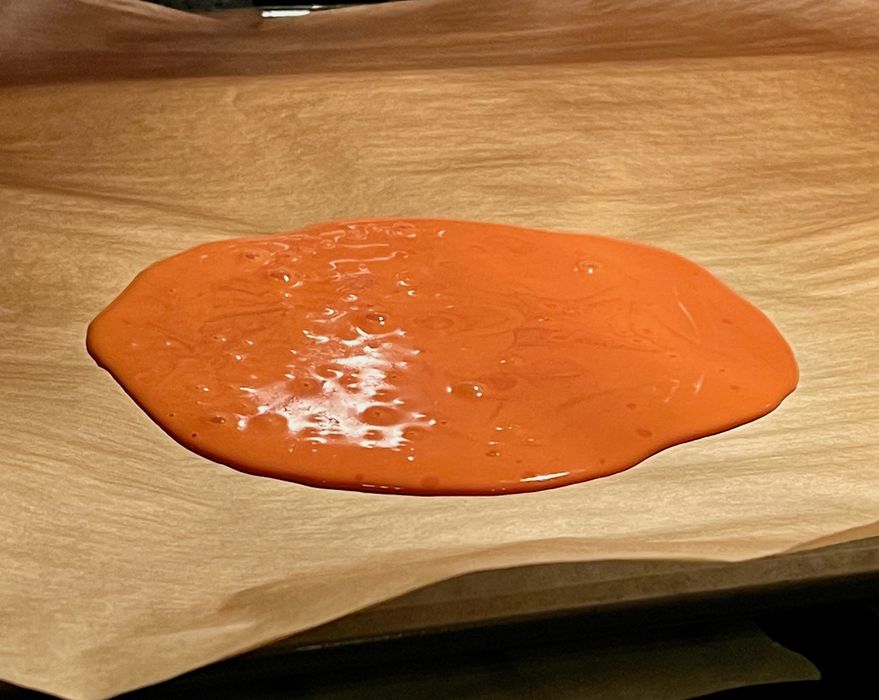
It’s summer in the northern hemisphere, and that means one thing: Heat, and lots of it.
This week dozens of longstanding heat records were broken on the west coast of the US and Canada. One location, the hamlet of Lytton, British Columbia, set the all-time record high temperature for all of Canada at a sizzling +49.6C. To put that in perspective, the previous record had been set in 1937 at “only” +45C. In other words, the record was broken by a whopping 4.6C. It’s also higher than the all-time high temperature ever recorded in Las Vegas.
We’re likely to see similar occurrences of these highly abnormal heat waves in different parts of the world for years to come, and it may be that +45C could become a normal temperature in areas it’s never been seen before. Thanks, climate change!
During this particular heat wave I’ve seen images illustrating the heat: people setting up impromptu swimming pools in the back of their pickup truck, frying eggs on a backyard deck, heaving pavement and even melted electrical wiring.
That last one reminded me of a looming issue that might be encountered by many 3D printer operators during these events: thermal stress.
The most commonly used 3D print material is PLA. It’s used because it’s incredibly easy to 3D print, sticks well to proper surfaces and has great strength.
But it has one notable Achilles Heel: it has a very low glass transition temperature. This temperature is typically around 60C, and that’s why 3D printers often have heated print surfaces set to 50C or 60C: it keeps that part of the print slightly flexible so it does not warp.
But hold on a moment: if PLA become flexible at 60C, that’s pretty close to the record temperatures recently seen in western North America.
In fact, the +49.6C temperature is the “air temperature”. Surface temperatures or enclosed spaces can get far higher than that. It’s common to see flat surfaces like concrete, wood or metal exceed 80C in sunny conditions at those temperatures. The inside of automobiles is one of those places.
I’ve done some testing with PLA objects and found that they begin softening at temperatures as low as +50C, and if under mechanical stress, you’ve got yourself a part failure.
As this heat wave — and others to come — passes through, all PLA objects not in air conditioned locations will be subject to thermal stress and could fail.
I am now imagining all the many hundreds of thousands of 3D printed widgets that were made with PLA years ago now failing in these scorching temperatures across affected areas.
When 3D printing these items in PLA, there’s often no thought to the idea of thermal stress. PLA is stable at all reasonable temperatures one would normally encounter.
However, this week has shown there are unreasonable temperatures that you could encounter. And it’s only going to get worse.
I’m now thinking that PLA should NOT be used for 3D printing any outdoor application whatsoever going forward. If you do, you risk the part failing in future heat waves, and it could create critical situations, depending on the specific application.
Better choices for outdoor applications could be PETG, which has a somewhat higher glass transition temperature of around +80C. That should handle most hot and sweaty situations.
Another good choice would be ASA, which is quite similar to ABS, except that it is invulnerable to ultraviolet rays. This makes it an ideal choice for outdoor applications, as it also has a glass transition temperature of +112C.
If you’re in a 112C environment, you might have other problems to worry about than your 3D prints melting.
And that’s yet another reason to not use PLA.
